theartsdesk at the Setúbal Music Festival 2018: youth leads the way | reviews, news & interviews
theartsdesk at the Setúbal Music Festival 2018: youth leads the way
theartsdesk at the Setúbal Music Festival 2018: youth leads the way
Community spirit infusing high-level events in a Portuguese port
"Get those creatures off the stage, or I won't answer for what I'll do". The exclamation of the Prima Donna in the backstage prologue of Richard Strauss's Ariadne auf Naxos, about to share her grand opera with lower forms of theatrical life, seems to have been shared by a head teacher at the first Setúbal Music Festival in Portugal eight years ago, faced with the arrival of special-needs children to join his pupils.
Those visitors have their own impressive spots in the limelight, too, but only on condition that they also work alongside the locals to make good art in a city which has had more than its fair share of social problems. Its beautiful location at the mouth of the Sado Estuary - the local colony of bottle-nosed dolphins and the mountainous Arrábida national park to the north are both attractions - its fine old town and its reputation for the best seafood in Portugal, which Lisboans travel 50 km south of the capital for at weekends still haven’t been enough to fulfil Setúbal's promise as a stopover destination. Except, of course, as far as those of us who come for its extraordinary festival are concerned – I last visited four years ago, and fell in love - who hope it stays as it is. Certainly there’s no better way to showcase the turn-of-the-century buildings on its wide and handsome central avenue than the opening percussion parade of participating schools. 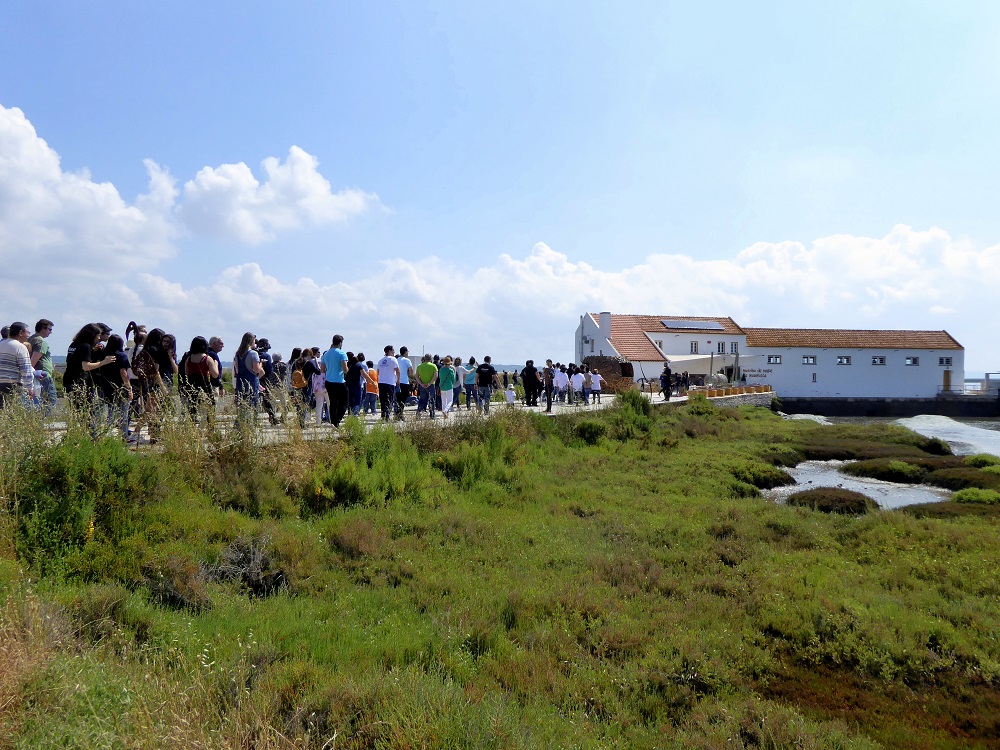
The prelude was an Ivesian melee of birdsong along the boardwalk to the mill. Then, in a flowing drama that took us through song and dance, music and movement from Bosnia, Egypt, Syria and Bob Marley as well as original compositions, the chorus of special-needs participants sang both lustily and musically. That was where the tears flowed - and I wasn't alone. Merit later told me she only succumbed the next day when a teacher of the special-needs group phoned her to thank her for giving the young people wings for a day in their otherwise difficult lives. 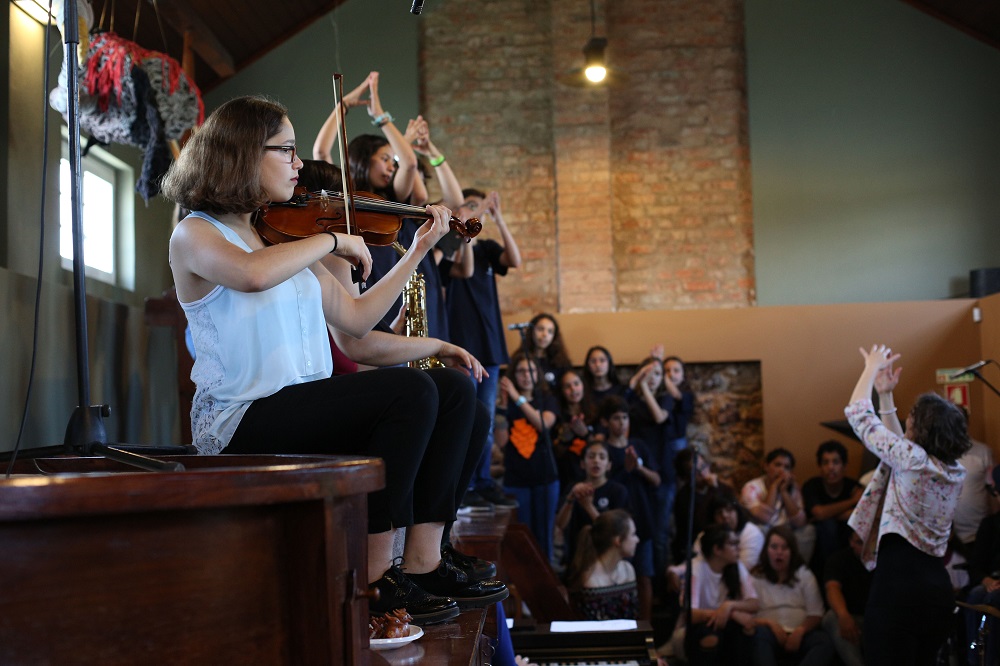
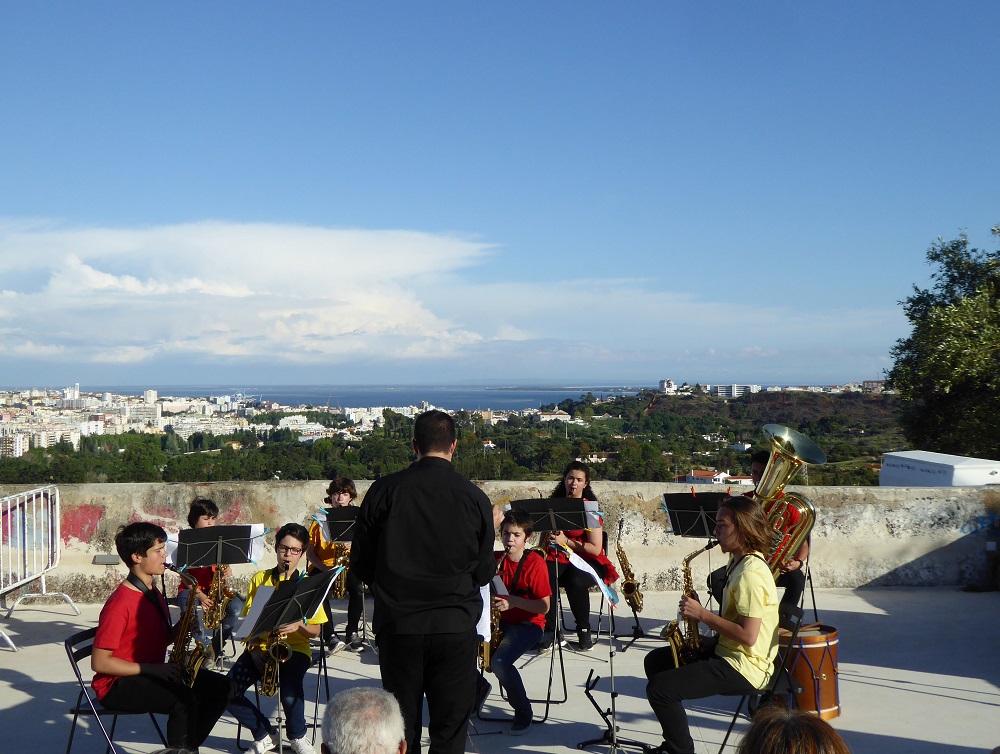
Celina, accompanying herself on the accordion, not only has the kind of melismatic artistry we tend to associate with the (much later) tradition of fado, but also knows how to work a crowd to sing along. And the integration here was with the local children’s chorus and the phenomenal young percussion group – another exciting development of the festival – Sant’Iago Olodum. Celina was back for the Sunday morning regular spot of newly-composed school anthems, this time “Songs of Home” (O Nosso Lar) with wonderfully touching lyrics offering hope for the future (pictured below). 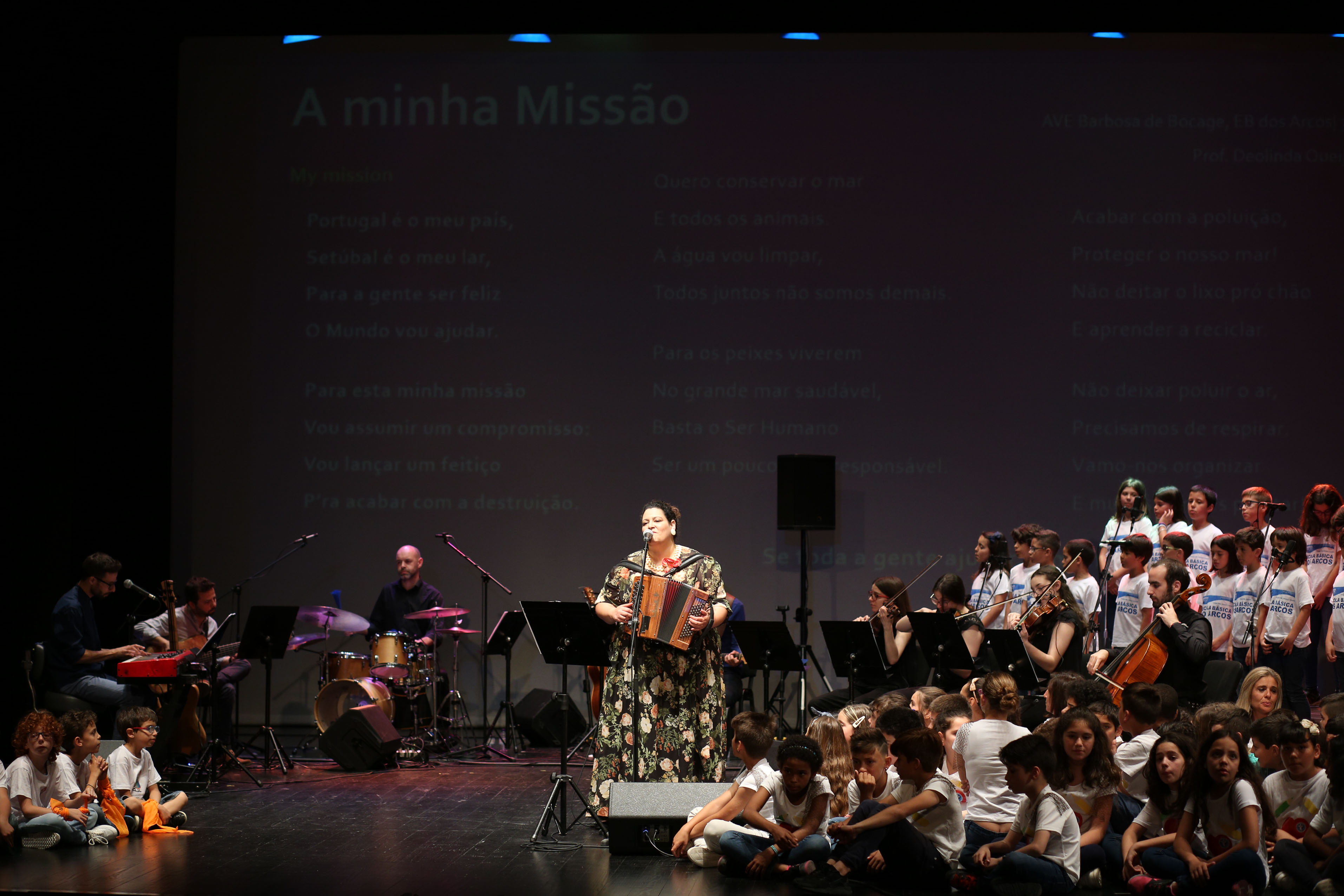
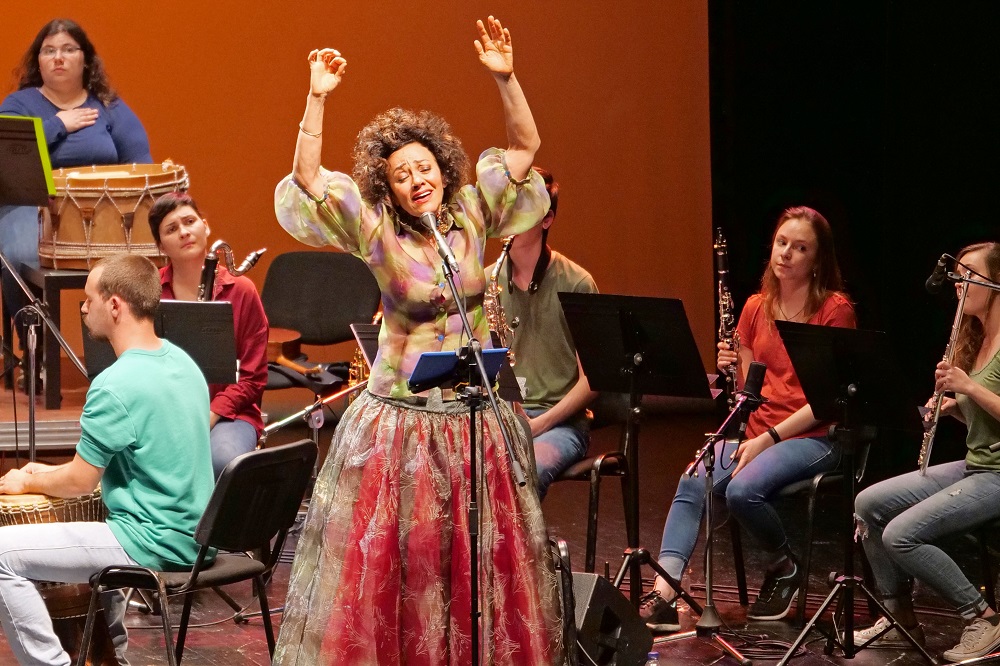 Perhaps it was the festival’s most distinguished visiting collective, the Orquesta Sinfónica Portuguesa, resident at the opera in Lisbon, which yielded least to the spirit of the place, giving little sense of visual joy in their professional work. But under young Portuguese prizewinner, the conductor Nuno Coelho, they gave an interesting take on Britten’s Four Sea Interludes from Peter Grimes, prefaced by Sibelius’s first Lemminkäinen Legend and with Smetana’s "Šárka" from Má vlast placed between “Sunday Morning” and “Moonlight”, All these works have different concepts of home.
Perhaps it was the festival’s most distinguished visiting collective, the Orquesta Sinfónica Portuguesa, resident at the opera in Lisbon, which yielded least to the spirit of the place, giving little sense of visual joy in their professional work. But under young Portuguese prizewinner, the conductor Nuno Coelho, they gave an interesting take on Britten’s Four Sea Interludes from Peter Grimes, prefaced by Sibelius’s first Lemminkäinen Legend and with Smetana’s "Šárka" from Má vlast placed between “Sunday Morning” and “Moonlight”, All these works have different concepts of home.
The second half’s liaison with young players from the music conservatoires of Setúbal and nearby Palmela brought a good, strong Sibelius Finlandia. But the new work, Abertura A Pátria by António Laertes, didn’t take us or the players anywhere after the Rheingold-ish prelude, and it would be hard to imagine a less inspiring group of folksong arrangements than those of Portuguese big name Fernando Lopez-Graça.
The following evening brought a far more vivacious meeting in the blue-tiled interior of Setúbal’s Church of San Julião, with the very impressive amateur Coro Ricercare joined for some numbers by a chorus and percussion ensemble from the Setúbal Conservatoire. Most of the programme was sweetly consonant; the kick came from two pieces by Latvian Erik Esenvalds and the concluding explosion of Eric Whitacre’s Cloudburst, which brought the audience instantly to its feet. 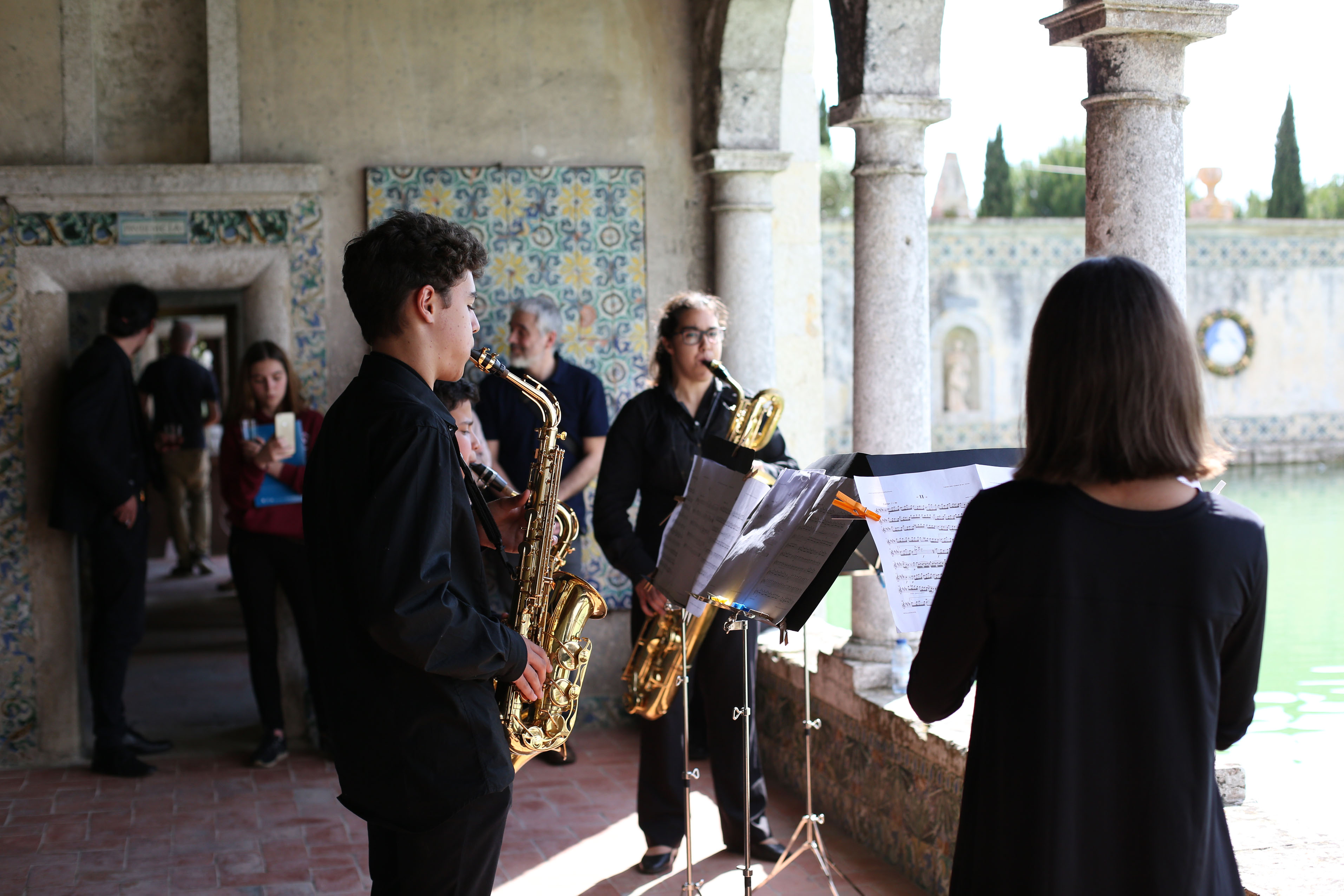
Coelho was back for an early evening concert in the nearby church of San Simão (pictured below). Two serenade-ish early Mozart symphonies, Panufnik’s early Hommage à Chopin with the vocalise arranged for flute (the excellent Ana Sofia Vilares) and Luís Tinoco’s Chant for East Timor served as a half-engaging divertimento, no more. But it’s good to hear the progress of the Festival Camerata even if they have some way to go before travelling to other festivals, as the unique Ensemble Juvenil can and must. 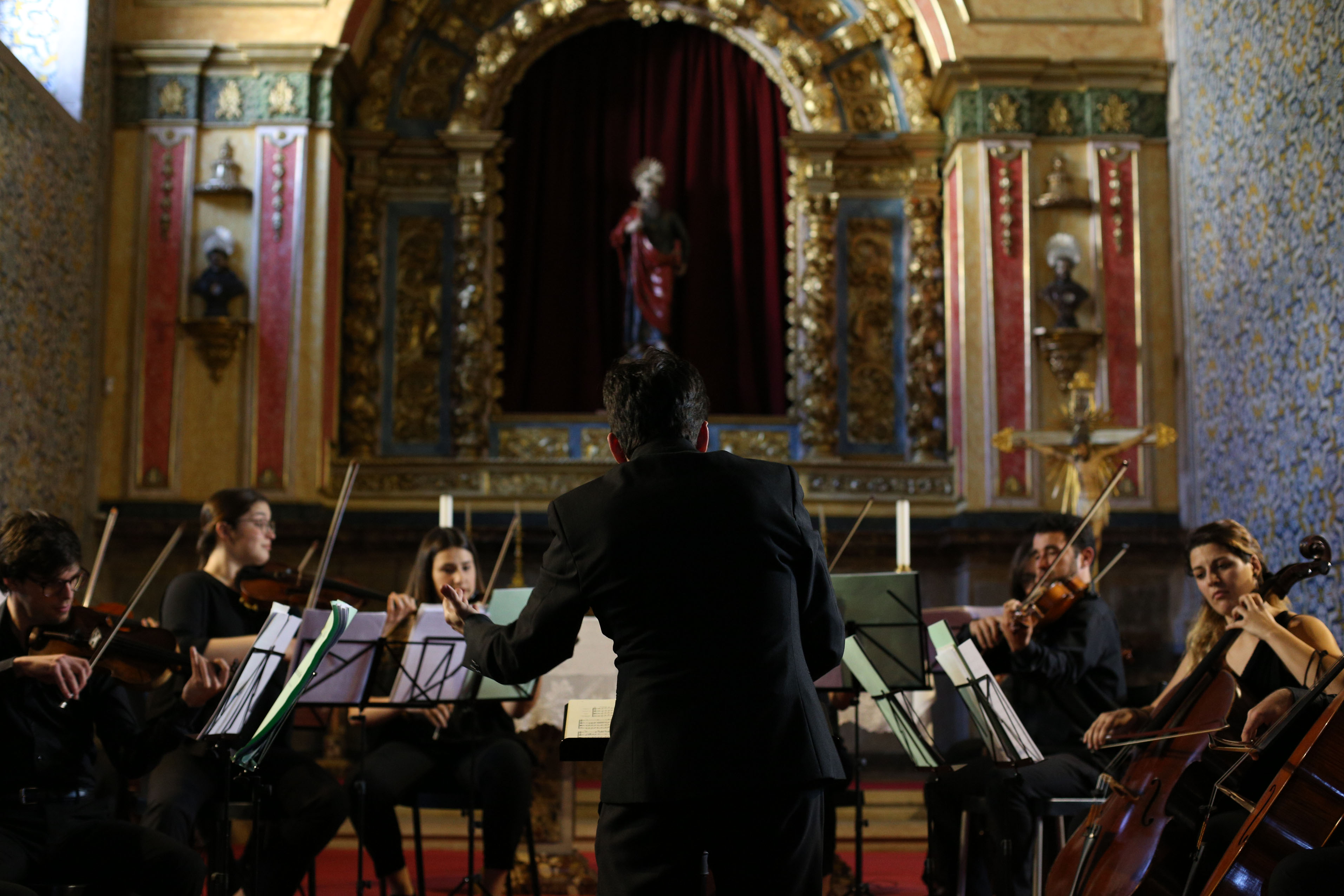
The future of Arts Journalism
You can stop theartsdesk.com closing!
We urgently need financing to survive. Our fundraising drive has thus far raised £49,000 but we need to reach £100,000 or we will be forced to close. Please contribute here: https://gofund.me/c3f6033d
And if you can forward this information to anyone who might assist, we’d be grateful.

Subscribe to theartsdesk.com
Thank you for continuing to read our work on theartsdesk.com. For unlimited access to every article in its entirety, including our archive of more than 15,000 pieces, we're asking for £5 per month or £40 per year. We feel it's a very good deal, and hope you do too.
To take a subscription now simply click here.
And if you're looking for that extra gift for a friend or family member, why not treat them to a theartsdesk.com gift subscription?

Add comment